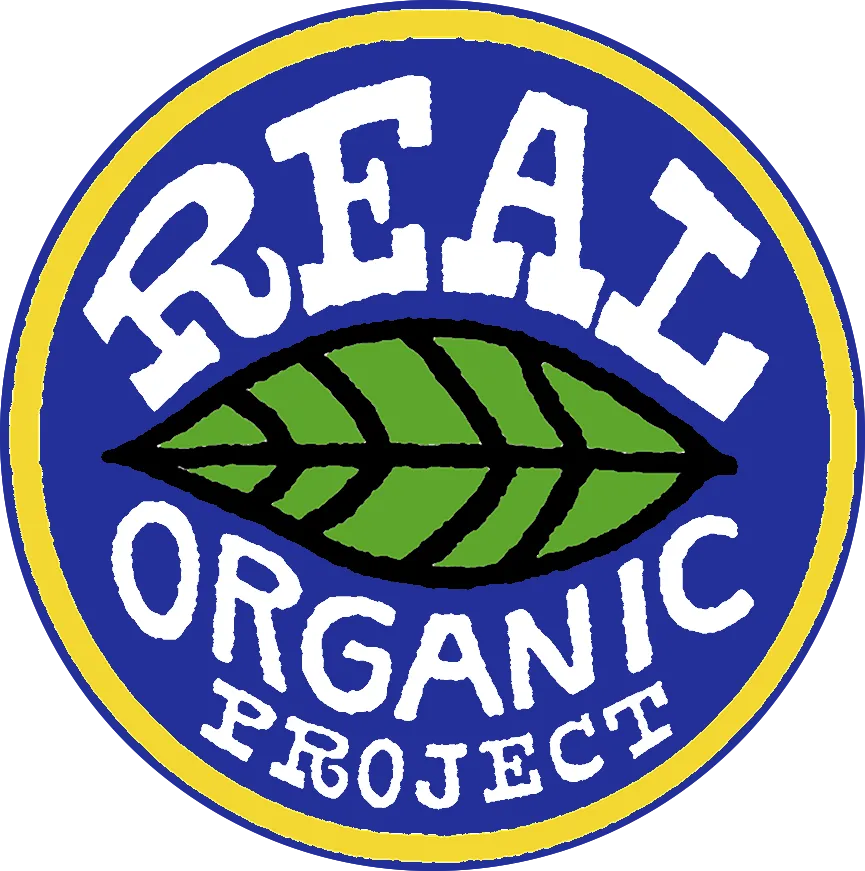The Time of the Squirrel: Summer CSA ’14 ” Week #18
As the leaves begin to turn and the corn and soy fields around us brown, a seasonal transition is upon us.
The go-go-go pressure of the main season has lessened. And while we still have a hired crew of 4 right now, in just a couple of weeks we’ll be down to 2.
As I look out our office window, I can still see green fields. Lettuce and beauty heart leaves provide alternating bursts of green shades. Little sprouts of winter rye are starting to bring color back to the squash and carrot fields that have been tilled in. The echinacea and brown-eyed susans I planted around the house this year are still in bloom. Color still abounds.
But like the squirrels hiding away their nuts, so too have we begun the process of storing crops for the winter. Today we finished harvesting the last of the sweet potatoes. In the bottom of our barn in huge pallet bins are our entire year’s winter squash and potato harvest. The greenhouse and tractor shop hold our garlic and onion harvests for the season. And over the course of the next couple of weeks we will fill many, many more bins full of root crops that we will store over the winter. The upcoming harvest lineup includes: carrots, beets, rutabaga, parsnip, cabbage, kohlrabi and celeriac.
Some of these crops will be stored in our walk-in coolers. But we will fill those spaces quickly. Soon we will be loading the box truck 4 pallet bins at a time and driving them over to Sugar River Storage, where they will be refrigerated on our behalf until we sell them. These storage crops enable us to do a winter CSA share so that local food can grace Thanksgiving and holiday tables. These storage crops also help provide a continuing income stream throughout the cold months. These crops, combined with February-ready spinach in our hoophouse make it so that we are selling food 52 weeks a year.
In addition to pulling crops out of the fields, we are also readying them for next year’s production. The nutrients and energy we take out of the soil with our vegetables need to be replenished in order to grow a good crop for next year. The main way we do this is to plant cover crops. The cover crops serve two main functions. First, to protect the soil and hold it in place during the snows, freezes, thaws, and rains between now and next April. The second function of the cover crops is to return carbon and other nutrients to the soil. We like to think of them as ‘green manure.’
I’m not sure whether squirrels have to mentally prepare for the change in seasons, but that’s another big part of this season for us. Three weeks from now, I will scale down from 40 hours a week on the farm to 20. Those 20 hours will shift to taking care of my girls. On the one hand I look forward to seeing my kiddos more. On the other, my shift to more kid time is always accompanied by cold weather and the indoor months. Mike and I both struggle with all the inside time and slowing of body movement. So this time of year we get creative with Halloween, align our gym membership, make sure we have our ski passes ready, plan weekly playdates with other families, and begin to fill the calendar with fun things so that we can enjoy the cold months as best as we can.
Cheers and acorns,
Cassie
In the Box:
- Acorn Squash
- Carmen Sweet Peppers
- Chinese Cabbage
- Garlic
- Jalapeno Pepper
- Leeks
- Red Onions
REGs only:
- Beauty Heart Radish
- Blue Potatoes
- Brussels Sprouts in some REG boxes
- Carrots
- Eggplant
EOs only:
- Beets
- Broccoli
- Head Lettuce
- Salad Turnip
- Sweet Potato
Weekly Recipes:
- Local Thyme Recipes
- Acorn Squash Stuffed with Bread, Cheese & Bacon
- Baked Sweet Potatoes with Leeks and Gorgonzola
Summer Week #18: Wednesday, October 8th” Group B EOs







